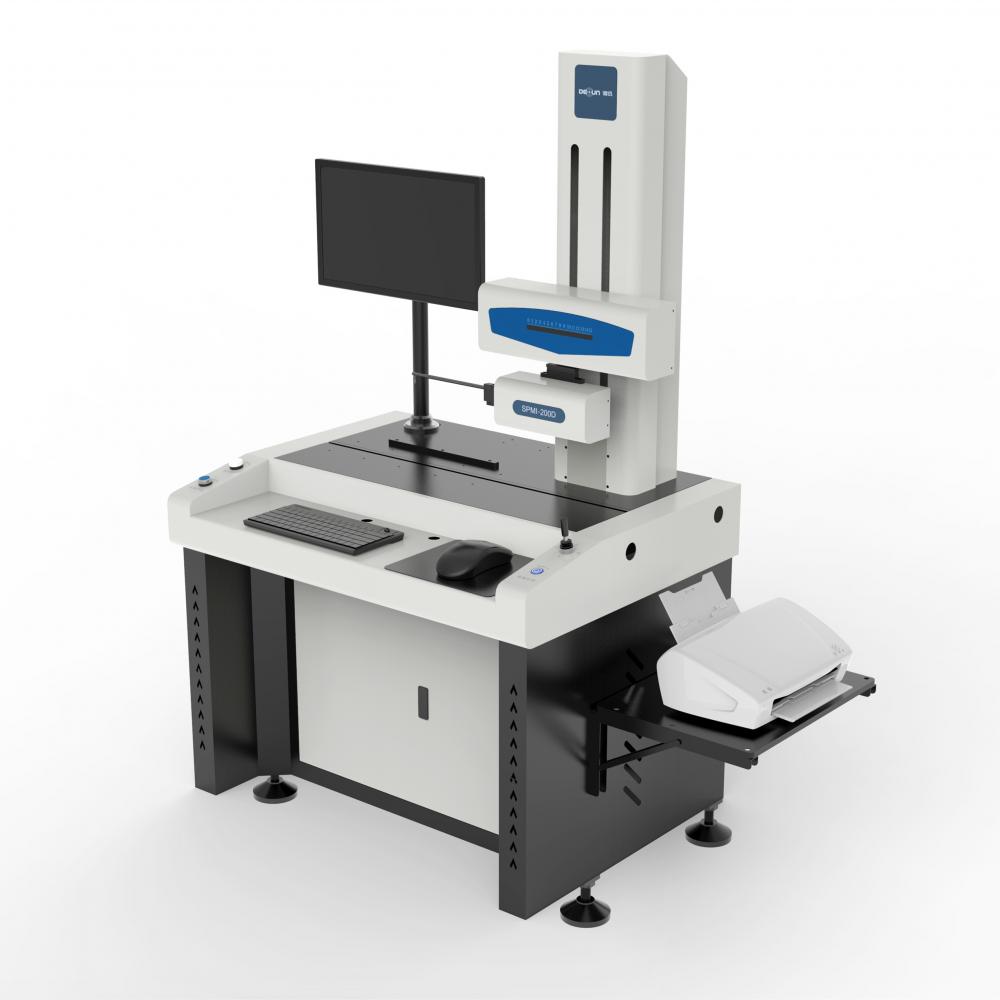In vegetable production, experienced vegetable farmers know that different types of vegetables are used to classify fertilization techniques.
Leafy vegetables. It refers to fast-growing vegetables such as cabbage, green vegetables, leeks, spinach and celery, which are mainly made of fresh leaves, petioles or tender stems. The fertilization method of this kind of vegetables should be based on topdressing, and the fertilizer should be based on quick-acting nitrogen fertilizer. Generally, in the seedling stage and after harvesting one product, immediately topdressing once, promote the rapid growth of the leaves of the plant, and apply 8-10 kg of urea per mu or 500 kg of manure and manure, and apply it to the plant to facilitate the planting. Plants are absorbed and utilized as soon as possible.
Rhizome vegetables. Refers to vegetables with large, straight fleshy roots. Such as radish, turnip and root mustard. The fertilization method of this kind of vegetables should be based on base fertilizer and early topdressing, and a small amount of available nitrogen and potassium fertilizer should be added, and the topdressing should be applied quickly at the seedling stage or after planting. Apply 4-6 kg of urea or 300-400 kg of human excrement in the first mu to promote early and long-term plant growth. Then, before the vegetables enter the vigorous growth period, apply 6-8 kg of phosphorus and potassium fertilizer per acre to promote high yield of the plants. At this time, 1%-2% aqueous urea solution is sprayed 1-2 times outside the roots (every 5-7 days), and the function of the leaves can be extended without premature aging.
Melon and fruit vegetables. Refers to vegetables that have a long growing season and are to be flowered, such as solanaceous fruits, beans and melons. The vegetables require more nitrogen, phosphorus and potassium fertilizers. The fertilization should be based on the base fertilizer and the whole process of topdressing. The nutrients are mainly nitrogen, phosphorus and potassium. Fertilization is based on the principle of base fertilizer, early fattening, and fruiting weight during the fruiting period. Immediately after each harvest of fruit, a quick-acting nitrogen fertilizer is applied to promote the rapid formation and expansion of the lower jaw fruit. If the anti-falling hormone, Baoguoling, cytokinin, etc. are sprayed at the same time, the yield increase effect will be better. It is necessary to ensure that both the long vine and the squash are coordinated, especially to prevent the early madness and the later de-fertilization.
Due to the different characteristics of various melons, on the basis of the application of organic fertilizer-based base fertilizer, it should also be "in accordance with melon topdressing". For example, if the cucumber is not resistant to a high concentration of fertilizer, it is necessary to "diffuse the fertilizer". Pumpkin has a strong ability to absorb fertilizer, and it is prone to madness in the early stage. If the application of nitrogen fertilizer is too much, it often appears that the long vine does not bear the cucurbit, so the application of nitrogen fertilizer should not be excessive. When melon is applied to nitrogen fertilizer, it should avoid the fruit setting period, otherwise the vine will grow long and cause the melon to reduce production. Loofah is quick and melon, and the melon is long. It takes a long time to grow the melon. In addition to applying the base fertilizer, during the period of the melon, the manure should be applied every 7-10 days to ensure that there is sufficient during the melon. Nutrients are supplied and promoted.
Disclaimer: Some articles on this website are transferred from the Internet. If legal rights of third parties are involved, please inform this website. phone
Roundness Measuring Instruments
Roundness meter is a length measuring tool for measuring roundness using the rotary axis method. The roundness meter is a measuring tool for measuring the roundness error of the workpiece using the rotary axis method. Roundness tester is divided into two types: sensor rotary type and workbench rotary type. During measurement, the measured part is installed concentrically with the precision shaft system, and the precision shaft is attached with an inductive length sensor or a workbench for precise circular motion. It is composed of sensor, amplifier, filter and output device of the instrument. If the instrument is equipped with a computer, the computer is also included in the system.Roundness Tester
The principle of the roundness meter is the same as that of the coordinate measuring machine. In fact, its working principle is very simple. The coordinate measuring machine is a point acquisition tool. Its principle is to collect points first, and then form a line from points, and then form a three-dimensional model from lines. CMM is a kind of measuring equipment that has a guiding mechanism, a length measuring element, a digital display device in three mutually perpendicular directions, and a worktable that can place the workpiece (not necessarily large or huge). The measuring head can be moved to the measured point easily by manual or motorized means, and the coordinate value of the measured point is displayed by the reading device and the digital display device. Obviously, this is the simplest and most primitive measuring machine. With this measuring machine, the coordinate value of any point in the measured volume can be displayed through the reading device and digital display device.

Roundness Measuring Instruments ,Roundness Measuring Machine,Instrument Used To Measure Roundness,Roundness Tester,Gear profile measuring instrument
Zhejiang dexun instrument technology co., ltd , https://www.dexunmeasuring.com